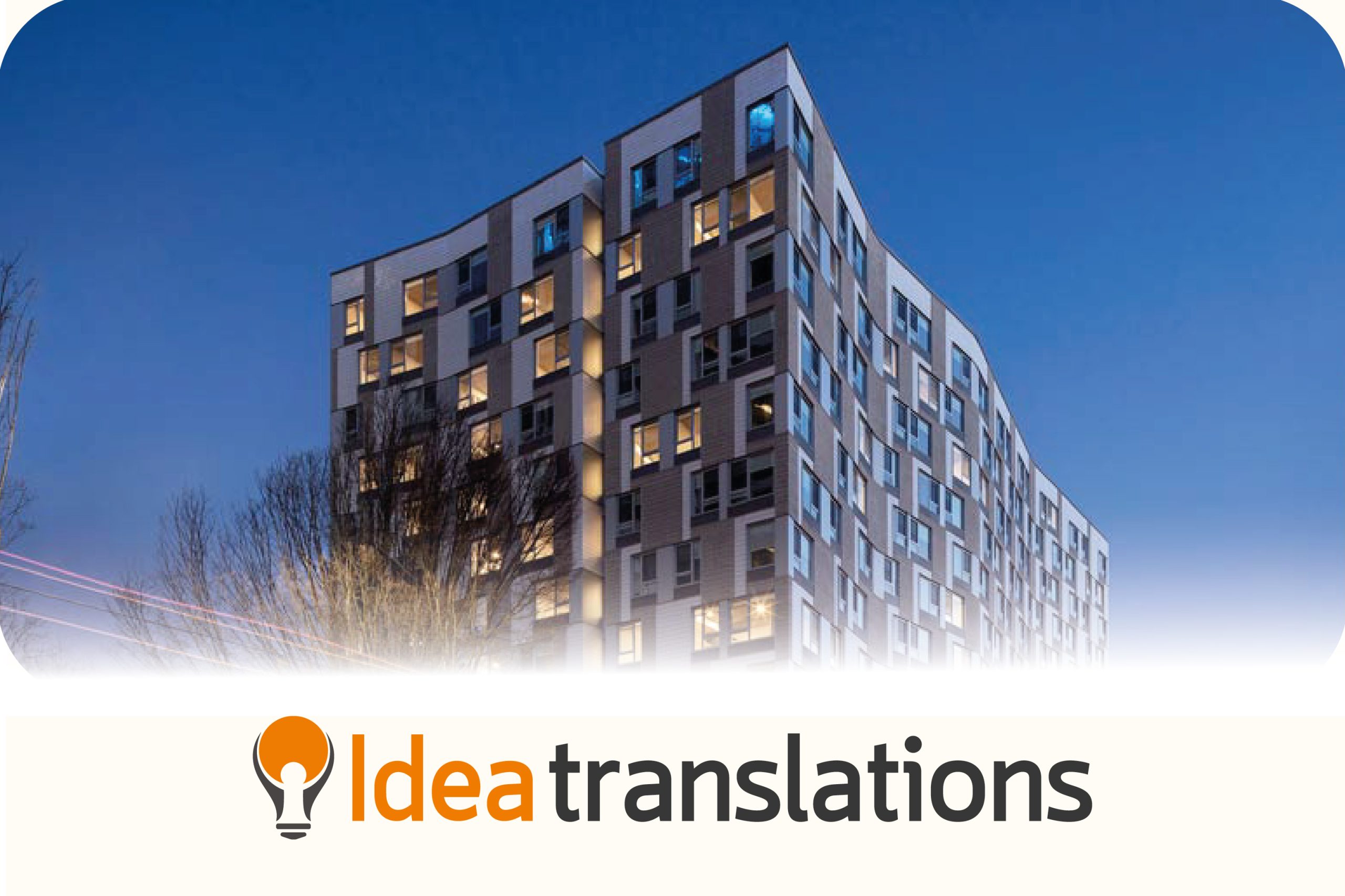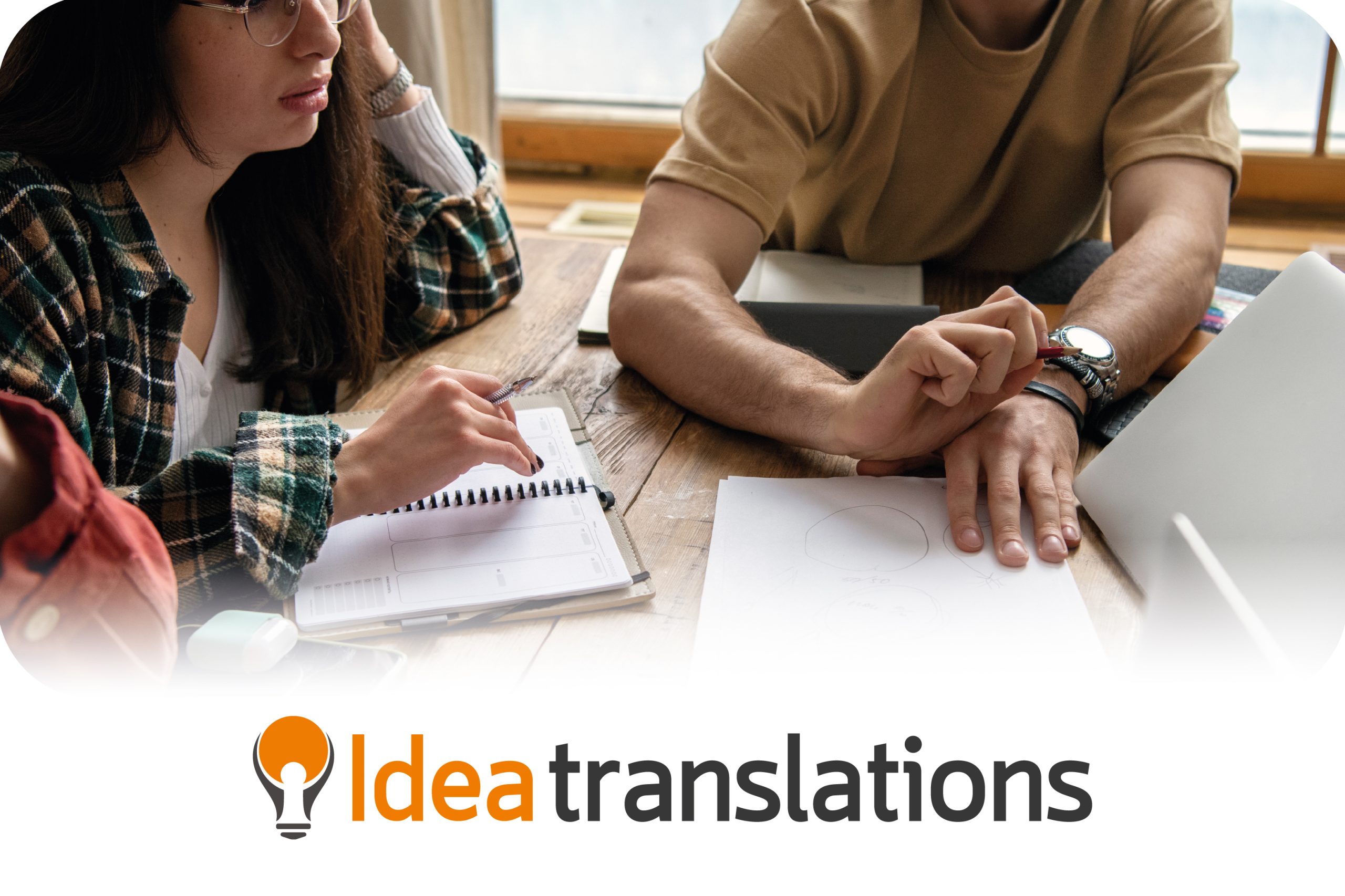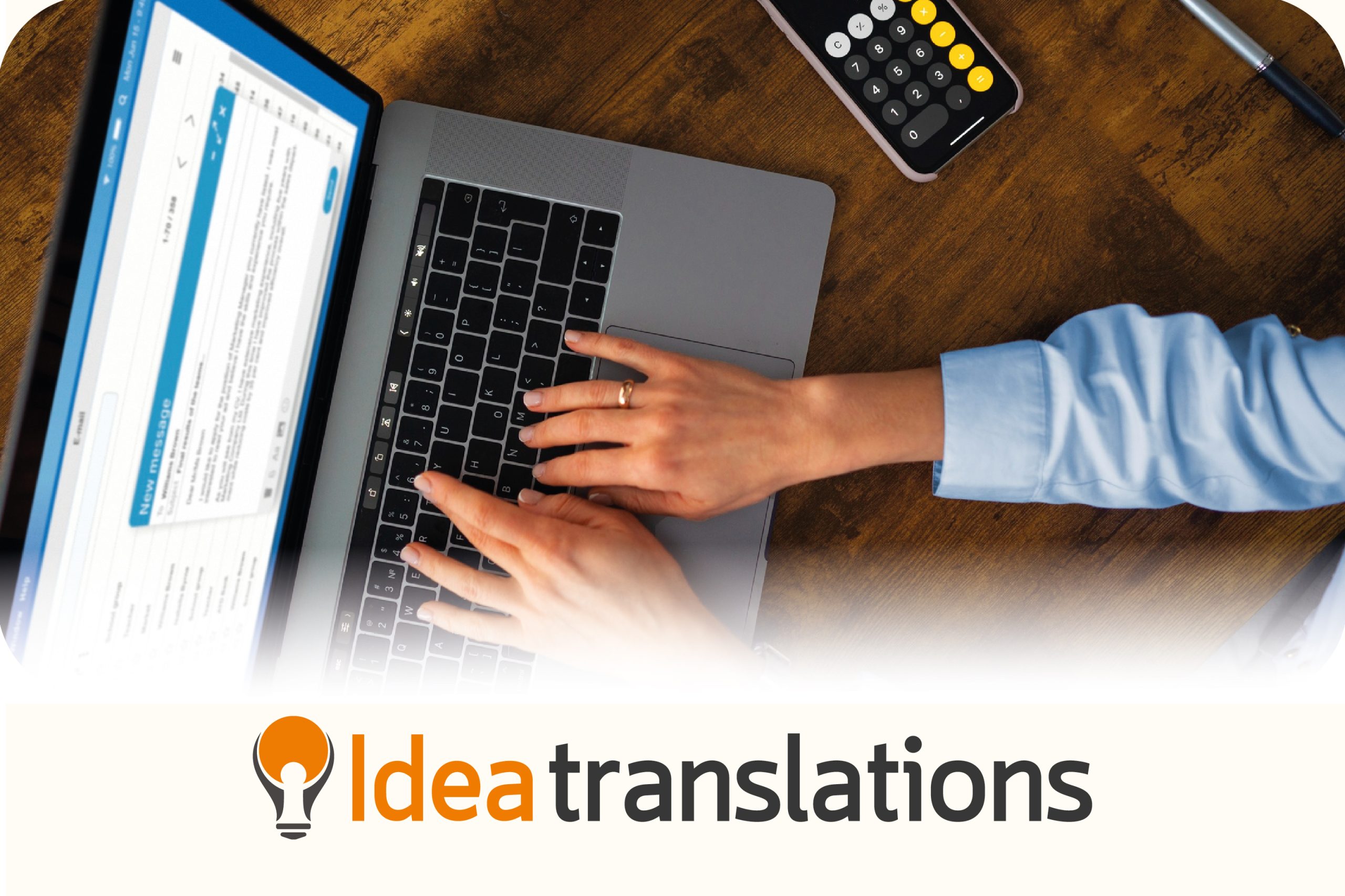CLIENT: Brouwer SASERVICE: Development of eLearning Courses and Custom LMS PlatformFORMAT: eLearning / Web PlatformSUBJECT MATTER: Education / Corporate Training THE CUSTOMER Brouwer Laboratories is a leader in animal health care. Brouwer is renowned for its innovation and quality. With a portfolio of over 150 pharmaceutical and nutritional products and millions of satisfied customers, Brouwer […]
- 8719 Evangel Drive, Springfield, Virginia 22153, US
- info@ideatranslations.com
- +1 (877)-409-8460







